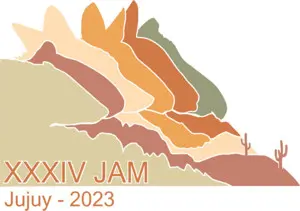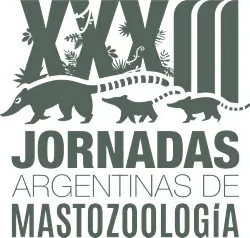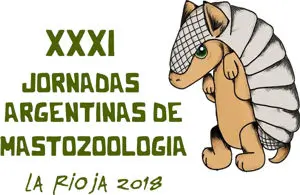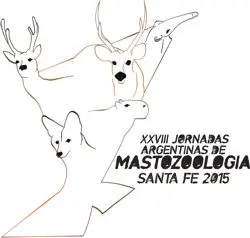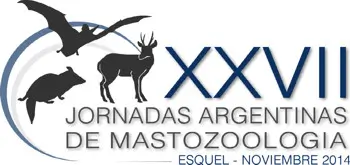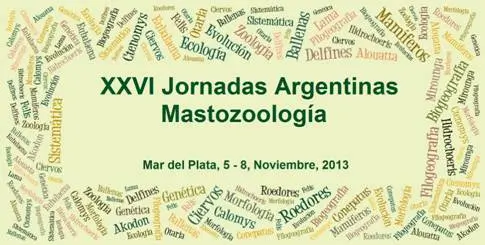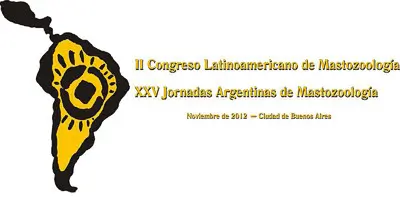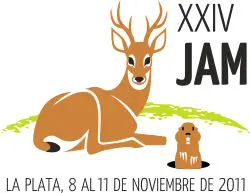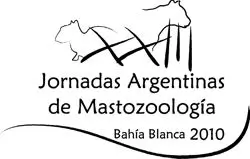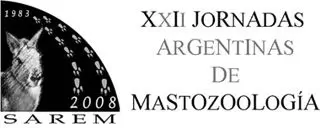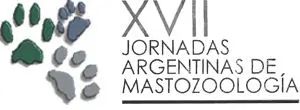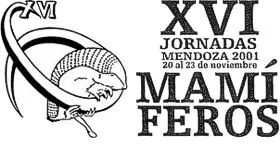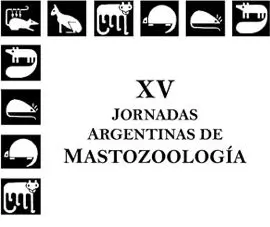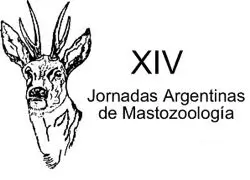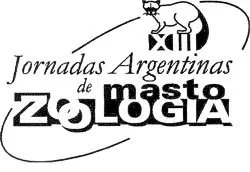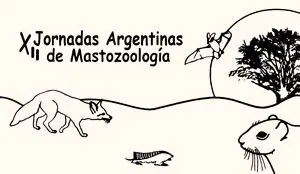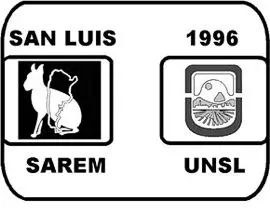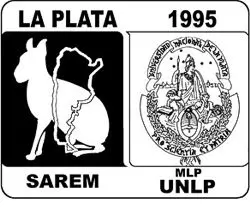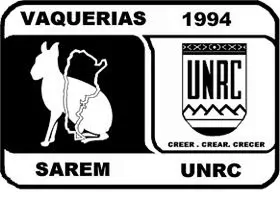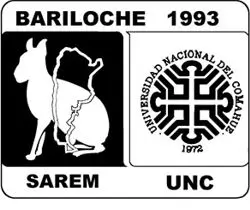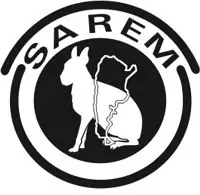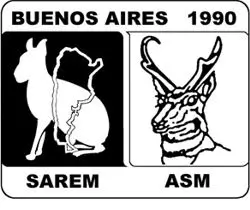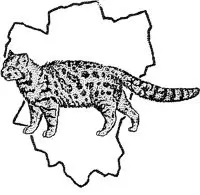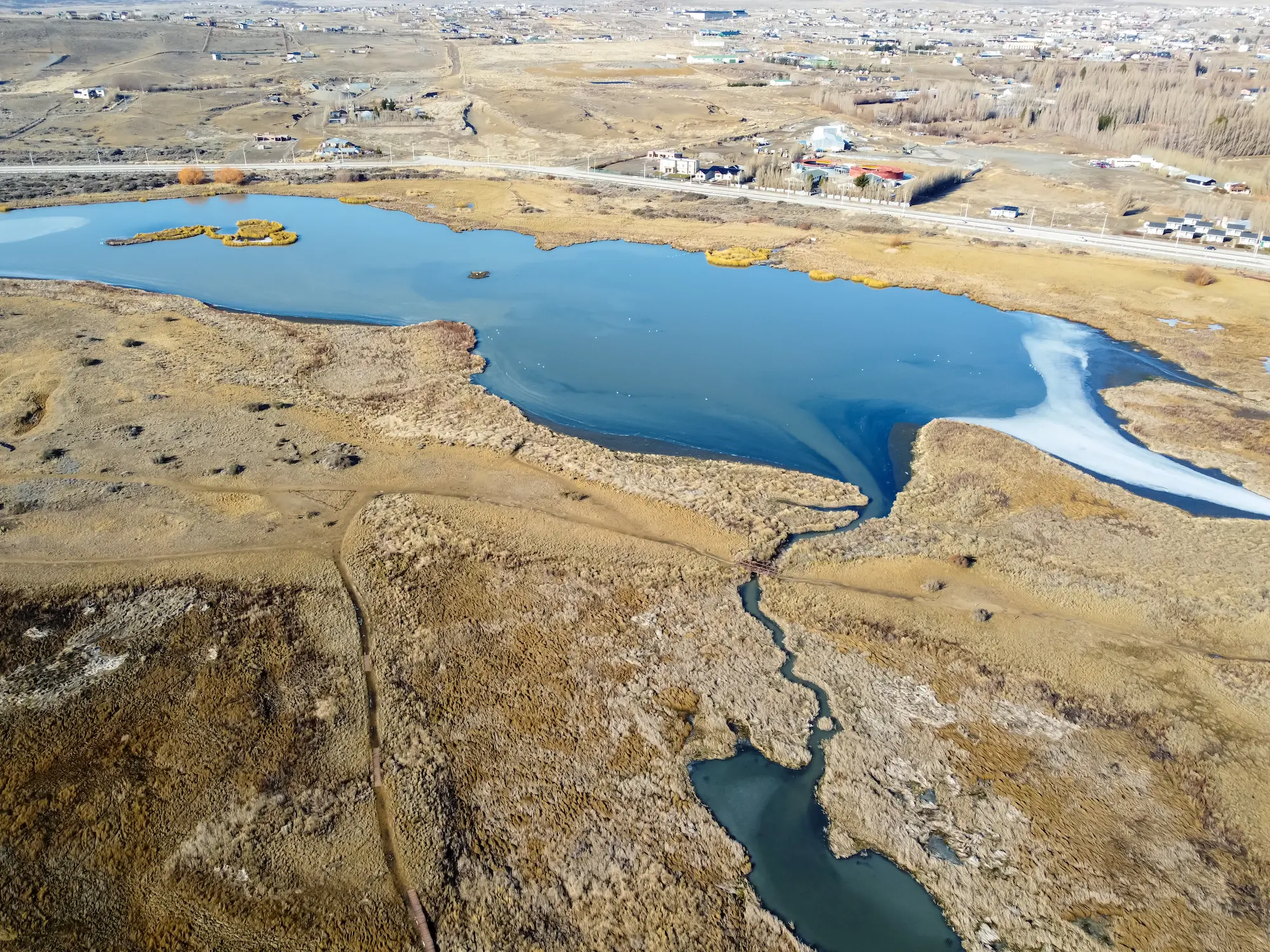
Use of biologgers to monitor daily and seasonal activity patterns in subterranean rodents

Use of biologgers to monitor daily and seasonal activity patterns in subterranean rodents
- Tipo de actividad: Mesa Redonda
- Palabras clave: Chronobiology; Biological rhythms; Tuco-tucos; Ctenomys; Circadian
- Autoría: Valentinuzzi VS, Oda GA, Jannetti GM
- Afiliación: Laboratorio de Cronobiología Binacional Argentina-Brasil, Centro Regional de Investigaciones Científicas y de Transferencia Tecnológica | Laboratorio de Cronobiología Binacional Argentina-Brasil, Departamento de Fisiologia, Instituto de Biociências, Universidade de São Paulo
- Email: vvalentinuzzi@conicet.gov.ar
Technological advances, such as miniaturization of logging devices, opened a variety of opportunities to study activity patterns in individual free-living animals. Analysis of daily and seasonal activity rhythms requires continues long-term recording. This is possible with devices such as lightloggers, which record time on surface, and accelerometers, which record gross motor activity. We aimed to characterize for the first time the activity patterns (above and belowground) of freely living subterranean rodents (Ctenomys coludo; tuco-tucos) across seasons. Twenty wild captured tuco-tucos were deployed with these two biologgers carefully accommodated on a collar. Animals were first in the controlled conditions of the Lab and posteriorly liberated in the wild in the same localization. After 10 days, recapture occurred with the aid of telemetry. Data was downloaded from loggers. Activity levels and light intensity exposure analyzed and plotted as a function of time. Accelerometer data confirmed diurnality in free-living conditions and showed that, even though diurnality did not change throughout the year, winter activity reduction occurred. To extract more information from accelerometer data we used a machine learning technique (Hidden Markov models-HMMs), classifying the data into three distinct activity states (low-, medium-, and high-intensity activity). While high-intensity activities were day-concentrated and low-intensity was night-concentrated, medium-intensity was spread throughout day and night. Different activity states also varied across seasons, clarifying that lower winter activity levels were due to a reduction in the high-intensity state, allocating more time to medium activities, not rest. Light-logger data confirmed seasonal variation of daily surface emergence, concentrated in twilight hours during summer and around mid-day in winter, in contrast to general activity, which peaked around mid-day throughout the year. The combination of biologgers and new analytical tools enabled a more detailed characterization of activity patterns of free-living animals, expanding the scope of daily and seasonal activity patterns in natural conditions.


